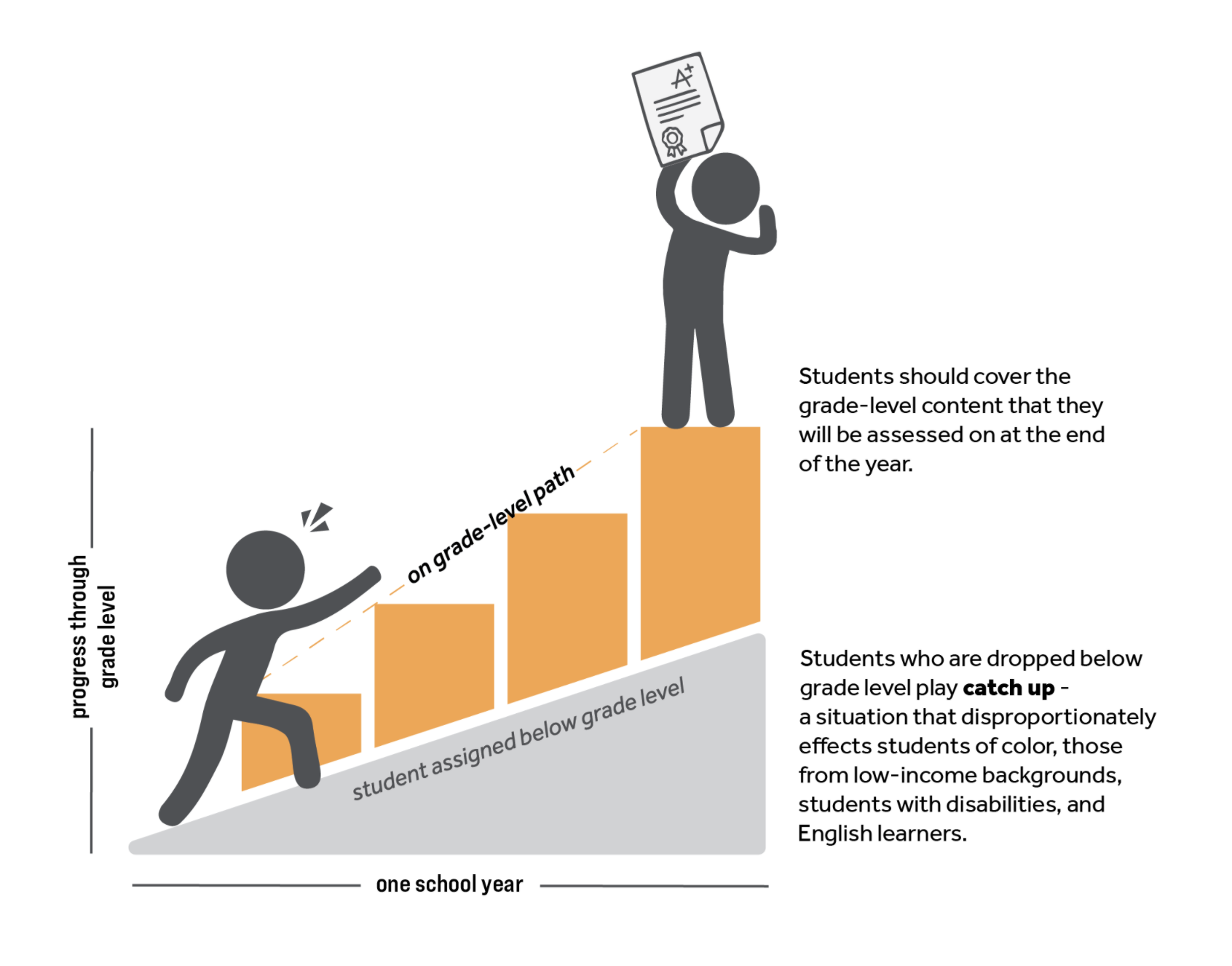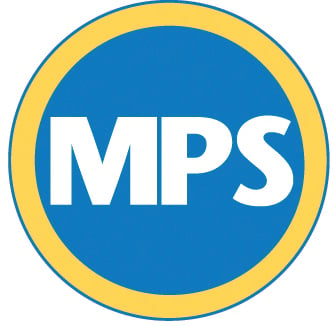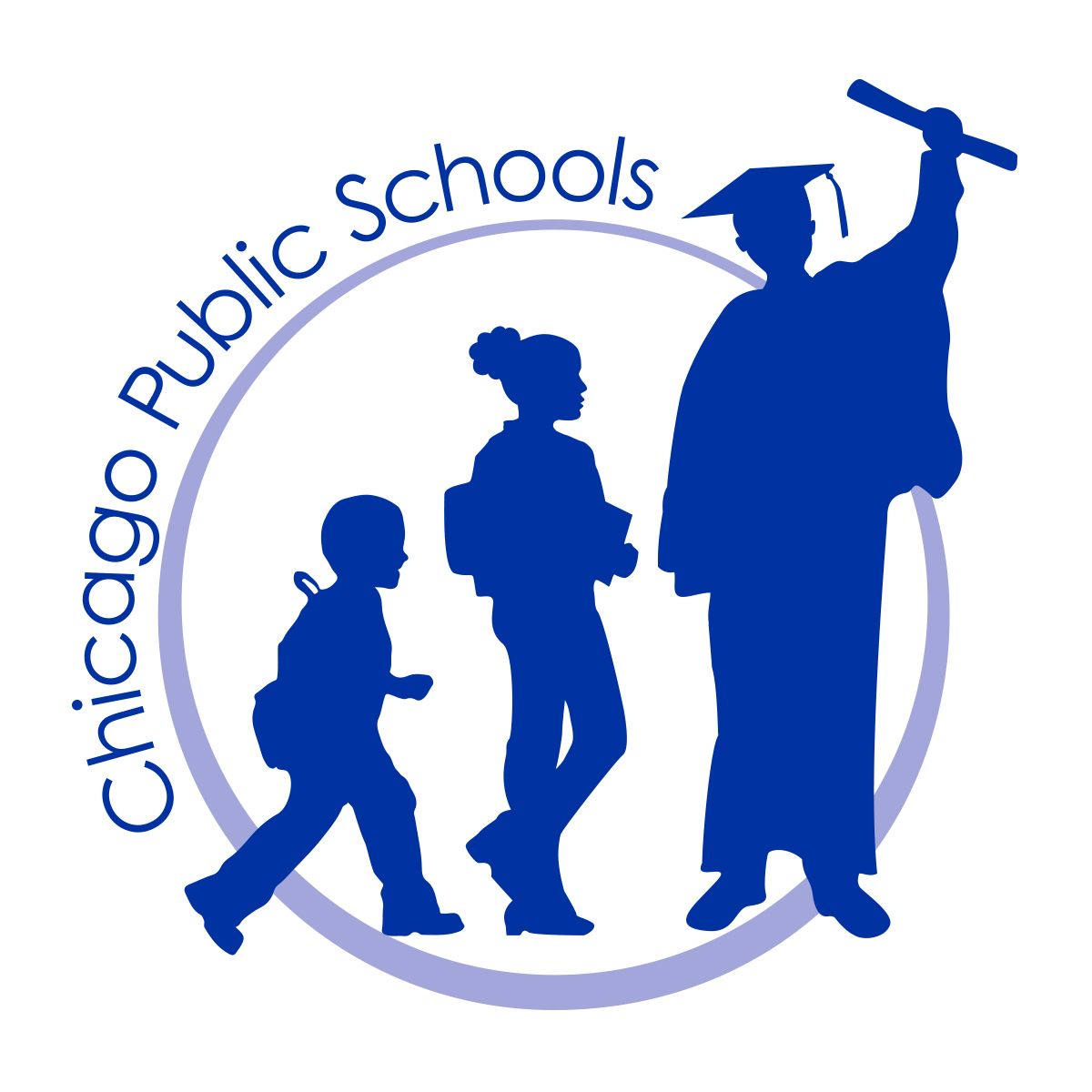Programs
Experience
Services
Educator Topics
Subscribe to the Newsletter
Subscribe to the Blog
The Science-Driven Approach to Learning Math
There is a science to learning. Just as learning to read has shifted to a phonics-first approach and learning science has shifted to hands-on experiments, there is opportunity to drive learning mathematics with science. Applying neuroscience research about how our brains learn, combined with innovations in technology and pedagogy, is highly effective.
Our PreK-8 program, ST Math, can make a positive impact for students as we work to accelerate learning.

The COVID-19 pandemic exacerbated existing gaps in U.S. students’ math achievement. According to the 2022 School Pulse Panel, 64% of public schools reported that the pandemic played a major role in students being behind grade level at the start of the 2021-22 school year.
The imperative is clear: schools must accelerate math learning to restore – and hopefully, exceed – pre-pandemic achievement levels.
But how?


State test performance or universal screeners may indicate that students are below grade level. The tempting "easy button" solution may be to place students on below-grade-level content.
But what about students who spend months on below-grade-level content? Will they somehow eventually catch up?
Does their lower math content knowledge mean that on-grade-level content is too hard for them, or that they can't persist and persevere through challenges?
Because many math programs deliver content in the form of drills or practice, the problem continues...students continue to be behind grade level and still don't have a conceptual understanding of math.
Memorizing math content as a checklist or set of skills is not how the brain actually learns. Our research shows there's a better way!
According to TNTP research presented in their report, the Opportunity Myth, students face long-term harm from low expectations and below-grade-level content. The problem is even worse among students of color, those from low-income backgrounds, students with disabilities, and English learners.
Overall, TNTP found that students make greater learning gains when their teachers hold high expectations about their ability to meet grade-level standards.
When students who started the year behind had greater access to grade-appropriate assignments, they closed the outcomes gap with their peers by more than seven months.

ST Math is an excellent tool for schools and districts looking to supercharge their math instruction, and is an ideal fit under the requirements for ESSER III funds.
To make the most of every school day, students must be excited and engaged. ST Math meets learners where they are - especially critical when students are at different levels. To accelerate learning with ST Math, students need two main things: to be kept on grade level and to be given time.


We always recommend that teachers start students with on-grade-level content, but should students need to deepen conceptual understanding of earlier concepts, they may need extra support.
Use the ST Math: Assessment Support Tool to put your math assessment scores to work and save teachers from the guesswork of assigning intervention content that students need most!
ST Math visual instructional program coupled with the Assessment Support Tool provides data driven instruction based on assessment scores. High-quality ST Math intervention content is auto-assigned to students in grades 2-8 based on their i-Ready or NWEA (MAP Growth) assessment scores.

MIND Education partnered with edWeb to host a webinar series. On-demand recordings are now available. Attendees receive CE certificates.
Students struggling at math? Focus on their learning, not on learning gaps
Looking for more resources or to engage in conversations around accelerating learning through neuroscience? Join our Neuroscience of Math edWeb community!



